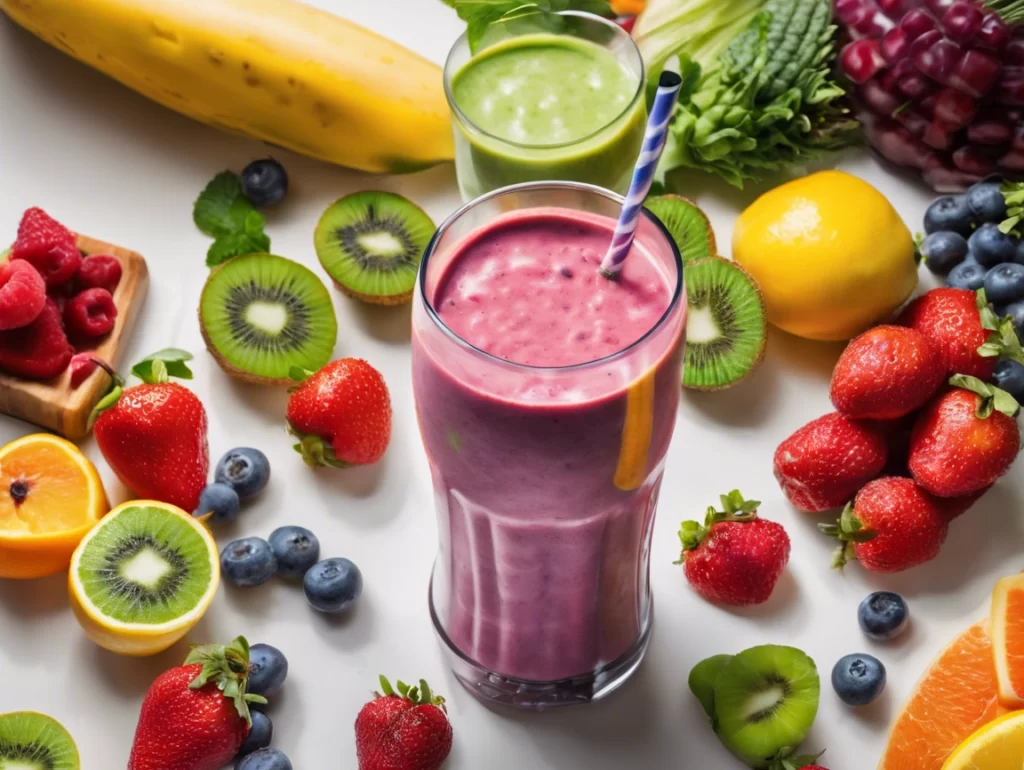Setting SMART Goals: The Keys To Achieving Your Health and Wellness Aspirations
In the world we live in today, goal setting has become an intervention for many people across various professions. Due to its impact, it has proven to be an invaluable tool for leading an effective and balanced life. To prioritize health and wellness, good health habits must be formed, and health-degrading behaviors need to be eliminated. All of this cannot be achieved easily without setting SMART goals. What Are SMART Goals? SMART goals are essential tools that help clarify what we aim to achieve with available resources, increasing the likelihood of successfully reaching those objectives. Representation of What SMART Means S – Simple, Specific, and SignificantYour health and wellness goals should be straightforward and clearly defined, not overly complicated or driven by fleeting emotions. Make them reasonable and purposeful to ensure they guide your efforts effectively. M – Meaningful and MotivatingWellness goals should carry a sense of importance and clearly reflect why you’re setting them. A meaningful goal inspires commitment, while motivation keeps you focused and driven to achieve it. A – Achievable, Action-Oriented, and AccountableSet realistic goals that you can act upon and accomplish. Avoid ambiguity; instead, focus on goals that are practical and within reach. Take deliberate actions to meet your objectives and hold yourself accountable whether through personal discipline or by involving an accountability partner to stay on track and foster responsibility. R – Realistic, Reviewable, and Results-OrientedYour goals should be manageable based on your current situation. For example, aiming to fast for an entire day without ever having fasted for half a day is unrealistic. Ensure your goals are adaptable and, most importantly, capable of producing tangible results. After all, goals that don’t lead to meaningful outcomes are of little value. T – Time-Specific, Tangible, and TruthfulEvery goal should have a clear timeline with defined start and end points to help you allocate time effectively and meet deadlines. Balancing short-term and long-term goals keeps your health and wellness journey structured. Above all, be honest with yourself and set tangible, achievable goals that reflect your true aspirations. Short-Term and Long-Term Health Goals: Is There Any Importance? Long-term goals are typically broad and require a longer period, six months or more. In contrast, short-term goals can be achieved within a much shorter time frame, usually ranging from one week to six months. Your long-term health and wellness goals should be an accumulation of several short-term goals. For example, if your long-term goal is to lose 15 kg in one year, your short-term goals might include adjusting your meal plans, cutting down on junk food, exercising regularly, and resting adequately. Each short-term goal should have specific objectives: How many times will you eat daily/weekly? Will you incorporate fasting periods? What type of exercises will you do? How many minutes/hours will you allocate to exercise? How many hours of rest will you have daily? On the other hand, short-term goals should focus on initiation, maintenance, and eliminating unnecessary habits. In essence, both short-term and long-term goals are important. While long-term goals give you purpose and direction, short-term goals keep you focused and motivated. A 5-Step Plan for Achieving Your Wellness Goals Nourishing and Fueling What enters your mouth significantly impacts your wellness journey. Adopt healthy eating habits that align with your lifestyle. A nutritious diet enhances your physical and mental well-being, helps prevent diseases, and promotes healing. Get rid of junk food in your home. Avoid environments (e.g., parties) where you might be tempted to abandon your goals. Learn to turn down offers of food or drinks that don’t align with your wellness goals. Gradually, even your friends and family will come to terms with your wellness boundaries. Energy and Flexibility Daily movement affects your physical, mental, and emotional health. Movement enhances flexibility and builds strength. Regular physical activity can lower blood pressure, reduce cholesterol, and alleviate body pain caused by prolonged sitting or lying down. Examples of beneficial activities include: Walking Jogging Gardening Dancing Weight lifting Sleep and Recharge Adequate rest is essential for optimizing your health. Quality sleep replenishes your mental and physical energy, preparing you to face daily challenges effectively. Accountability Be accountable whether to peers, mentors, or an authority figure. Let others know about your health and wellness journey. You’ll be surprised how they can help keep you on track. Accept compliments, feedback, and constructive criticism in good faith; accountability can yield remarkable results. Power of the Mind The mind is incredibly powerful and directly influences your mental and emotional health. Your thoughts affect your body, so focus on positivity. Believe you can achieve your goals. Write them down, paste them in visible places around your home, read them daily, and take consistent action. You’ll be amazed at the progress you make. Conclusion Achieving health and wellness goals is not as insurmountable as climbing Mount Everest. With SMART goals, you can take control of your health. While setbacks and resistance may occur, don’t give up—your wellness journey is worth the effort. Until you achieve your goals: Fuel your aspirations. Believe in their possibility. Stay focused. Put in the work. Let the results speak for you.
Setting SMART Goals: The Keys To Achieving Your Health and Wellness Aspirations Read More »

